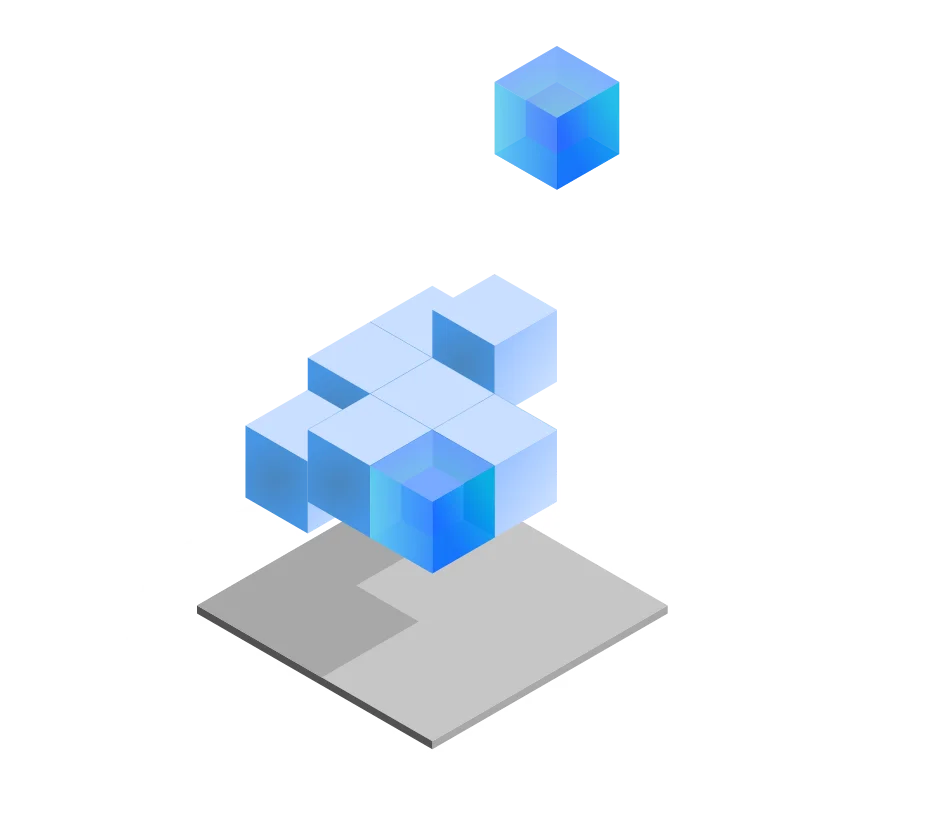Deploy Your Resiliency Cloud with Uvation
With Uvation, you can replicate your entire workload to a disaster recovery solution, maximizing uptime, no matter what unexpected challenges arise.
Uvation uses VEEM and Acronis to provide you with custom-designed DRaaS and business continuity management (BCM).
With these tools, you get instant file-level and application item recovery for any OS and any kind of application, regardless of the file system. You also get simple, offsite backup that’s storage agnostic and can be set up in 15 minutes.
Also, you have the ability to initiate a site recovery quickly and easily, with as little as one click. It’s just as easy to test your disaster recovery system.
Uvation designs your solution around your specific recovery point objectives (RPOs) and recovery time objectives (RTOs), as well as your business objectives and acceptable risks. In the process, Uvation dentifies for ways to not just address potential issues, but create opportunities for greater efficiencies.
Reach out to Uvation today to begin designing the best resiliency cloud solution for your organization.




